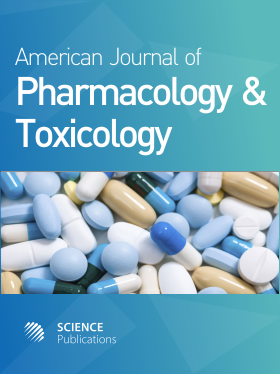Taxifolin Potently Diminishes Levels of Reactive Oxygen Species in Living Cells Possibly by Scavenging Peroxyl Radicals
- 1 Osaka University of Pharmaceutical Sciences, Japan
Abstract
Taxifolin, a naturally occurring dihydroflavonol, has been reported to possess antioxidant activity, whereas there is little information regarding its antioxidant potency as a flavonoid. In the present study, the antioxidant efficacy of taxifolin in living cells was compared to that of catechin, a potent radical scavenger, by using flow cytometry with the redox-sensitive fluorescent dye, 2′,7′-dichlorodihydrofluorescein diacetate. Further, diminishing efficacy of taxifolin on peroxyl radicals was assessed by using an electron spin resonance spin-trapping technique. Taxifolin significantly reduced tert-butyl hydroperoxide-induced increases in Reactive Oxygen Species (ROS) levels in Caco-2 cells; the effect of taxifolin was stronger than that of catechin. Taxifolin also scavenged peroxyl (ROO•) radicals with statistically significance compared to that of catechin. This study showed that taxifolin has the potential to diminish ROS levels in living cells, possibly by scavenging ROO•.
DOI: https://doi.org/10.3844/ajptsp.2018.1.6

- 5,061 Views
- 3,654 Downloads
- 3 Citations
Download
Keywords
- Taxifolin
- Catechin
- Peroxyl Radical
- Antioxidant
- Oxidative Stress
